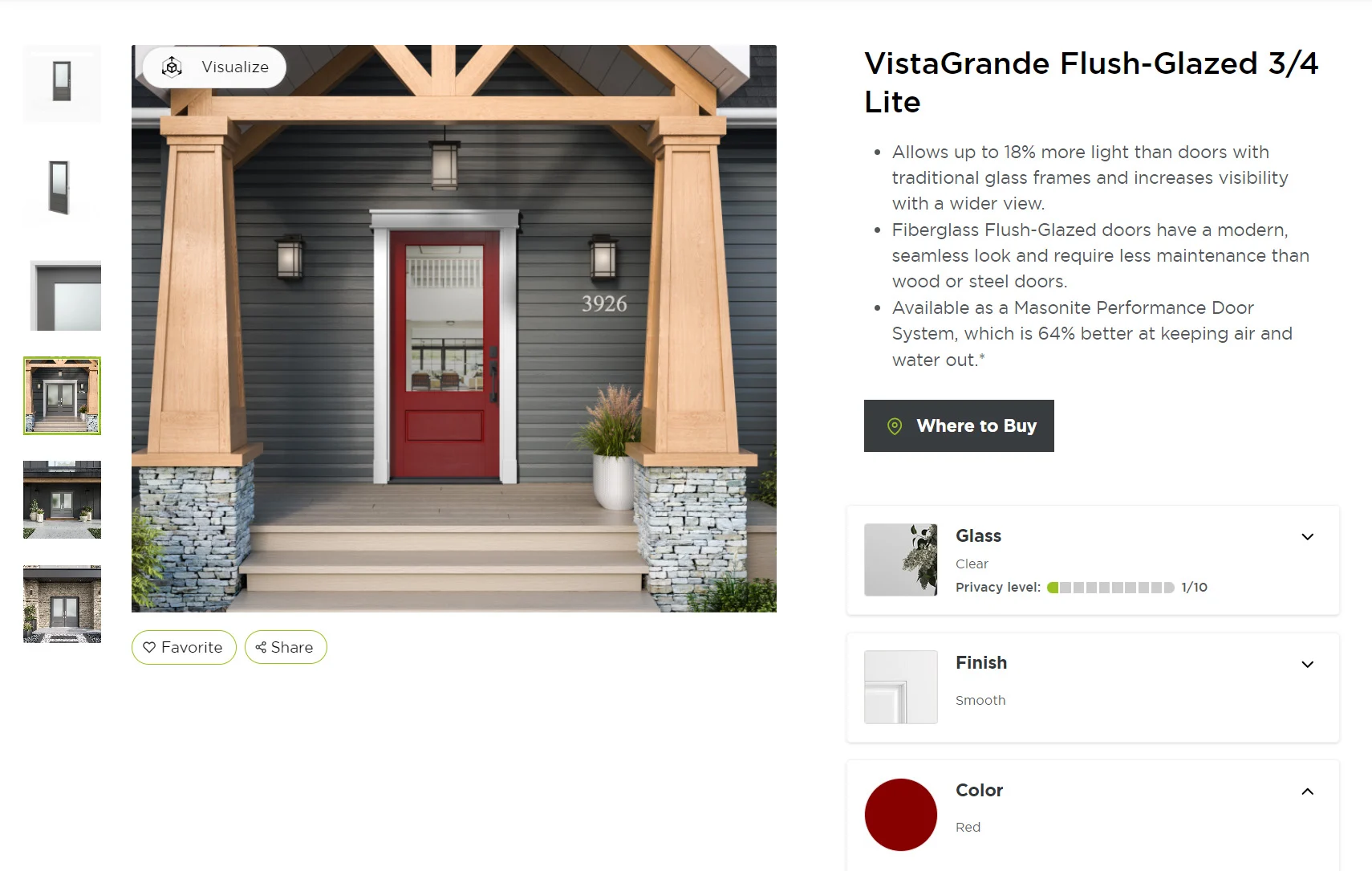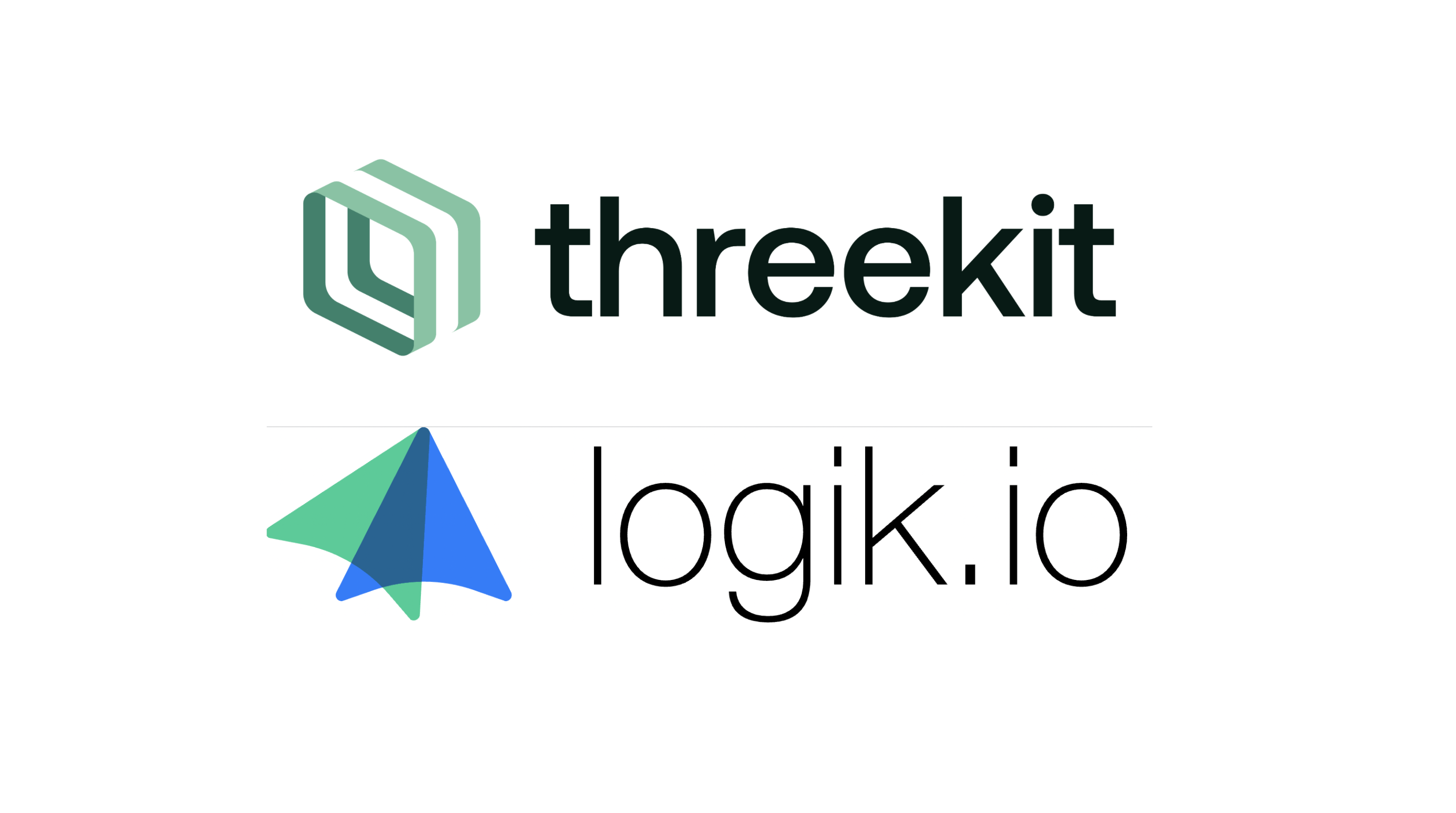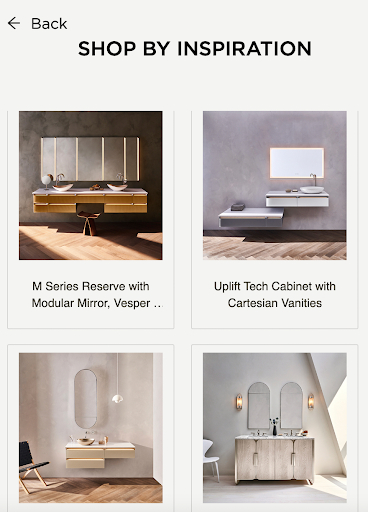5 Examples of Companies Successfully Using Guided Selling
Guided selling is a way to help customers find the right products by asking them prompting questions and offering personalized suggestions based on their responses and your catalog.
This method is becoming popular because it makes shopping easier and more fun for the buyer. In this article, we will look at five examples of guided selling that show how different companies use this approach to improve their sales.
Key Takeaways
- Guided selling helps customers make better choices by providing personalized recommendations.
- Merck Life Science uses virtual showrooms to showcase their products in an engaging way.
- Maybelline's Foundation Finder uses chatbots with guiding prompts to help customers find the perfect makeup match.
- Gat Creek empowers buyers to customize their furniture in real-time, using advanced 3D visualization, augmented reality technology, and a chatbot with guiding prompts.
- Scout Design Studio uses product configuration both in ecommerce and in their store, to provide customers an immersive, personalized experience.
- Allen Edmonds uses AI to enable a shop the look feature, making it easy for buyers to curate a whole outfit.

1. Merck Life Science
Merck Life Science has taken a significant step in enhancing customer engagement through innovative guided selling techniques. By offering simulations of experiments and virtual demonstrations, Merck allows customers to gain a deeper understanding of how various excipients perform and how they may fit specific pharmaceutical formulations.
This hands-on experience not only enhances the decision-making process, but also instills confidence in customers that they are making informed choices based on practical insights.
Furthermore, the integration of a virtual assistant within the virtual showroom takes customer support to the next level. It ensures that customers have personalized guidance and support as they navigate through the available excipient options. This virtual assistant can address customer queries, provide explanations, and assist in the decision-making process, creating a seamless and interactive experience.
With numerous virtual projects, Merck showcased over 175 life-changing products, aided by Exhibit 360. Each product featured info hotspots to help visitors learn more about them.
Merck's investment in virtual marketing demonstrates a commitment to customer-centric innovation. It positions the company as an industry leader, setting a precedent for B2B companies. This showcases how technology can enhance customer engagement and product presentation.
2. Maybelline
Maybelline's Foundation Finder is a prime example of guided selling in the beauty industry. This tool helps customers find the perfect foundation match by asking a series of questions about their skin type, tone, and preferences. The process is simple and user-friendly, ensuring that even those new to makeup can find their ideal product.
The Foundation Finder works by capturing relevant details from the user and then recommending the best foundation options based on their responses. This not only enhances the shopping experience but also increases customer satisfaction by providing personalized recommendations. By getting a personal shade match, the customer is less likely to return product, saving on costly waste.
This intuitive tool simplifies the often overwhelming task of choosing the right foundation, making it easier for customers to find products that suit their unique needs.
By leveraging guided selling tools like the Maybelline Foundation Finder, brands can significantly improve the customer experience and drive sales. This example shows how interactive aids can enhance customer engagement and satisfaction.

3. Gat Creek
Gat Creek leverages 3D configuration (including augmented reality), automated product photography, and chatbots on their website to support consumer research and engagement both in-store and at home.
3D customization technology like Threekit extends the product catalog beyond the physical showroom floor, giving retailers and consumers visibility into every available option. This avoids a common pitfall for retailers who traditionally rely on manufacturers' catalogs—under-representing the full extent of products by only illustrating a few products in a few finishes, rather than all available product options.
By catering to a consumer desire for personalization and using prompts in the chatbot to suggest products, Gat Creek is creating an easier and more engaging way for consumers to shop.
Personalization imparts a sense of ownership, which increases the likelihood of conversion and decreases the likelihood of product return.
Within seven weeks of launching 3D and guided selling tools on their website, Gat Creek experienced a 134% increase in online Average Order Value (AOV) and a 35% conversion rate increase.
4. Scout Design Studio
Scout Design Studio offers in-house bespoke services for custom and vintage furniture, and ships across the contiguous United States. They also work directly with trusted overseas partners to create exclusive collections and source unique products and decor.
In 2018, they launched their own line of customizable furniture. While wholly unique, these pieces presented a challenge for ecommerce: being able to faithfully represent the singular materials and quality across every possible product combination, and enable shoppers to create those pieces in real-time.
They use Threekit product configuration to enable consumers to select details and get quotes in real-time. With omnichannel marketing, their in-store sales associates are able to take customization to the next level. By implementing Threekit's tools, Scout is now able to use scaled, configurable product images to represent and maintain 100% of their custom catalog. They've also streamlined their hand-off to production through Threekit's manufacturing automation.
Online shoppers could not fully explore their custom products before Threekit. Now, Scout averages about 3,750 configuration sessions each month.

5. Allen Edmonds
Allen Edmonds, a name synonymous with quality in handcrafted footwear, has always prioritized the perfect fit. But how do they translate that promise into a modern, online shopping journey for high-end shoes?
First, they created stunning 3D ecommerce images for each of their shoes and customization options for them, including the ability to zoom into detail like stitching and 360° rotation to show every aspect of each shoe. With virtual photography ensuring the light hits each type of material correctly, the result is a stunning showcase of their designs.
Then, they implemented a product configurator that allows consumers to change material, color, sole, and more. Not everyone's a shoemaking expert—Allen Edmonds ingeniously removes the confusion by highlighting the specific element you're customizing with each click.
Plus, they offer a Shop the Look feature, wherein an AI algorithm parses individual items worn by a model in a photoshoot and enables the consumer to find the exact shoe from that image, making creating outfits a breeze.

Conclusion
Guided selling is a powerful tool that can transform the way businesses interact with their customers. By using data automation and personalized recommendations, companies can make the buying process smoother and more enjoyable.
The examples we've explored show how different industries are successfully using guided selling to boost sales and improve customer satisfaction. Whether it's through virtual showrooms, chatbots, or tailored product suggestions, the key is to keep the customer at the center of the experience.
As technology continues to evolve, guided selling will only become more important in helping businesses stay competitive and meet the unique needs of their customers. Learn more about this crucial strategy and how Threekit Visual Discovery AI can make it a reality for your business.


